10 disruptive technologies that are not yet widely used, or, on the contrary, will be generally available soon.
1. 3D-printed metal
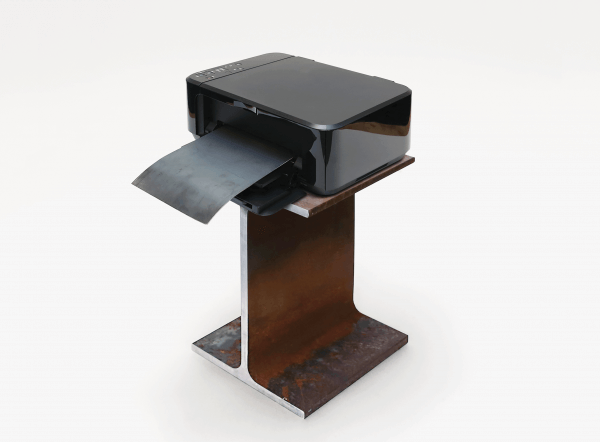
By itself, the 3D-press has been around for a very long time, but it was used mainly for working with plastic. All other materials - especially metals - were for this technology is too expensive. Now 3D-press metal products became available, widely applicable and soon will change the system of mass production.
In particular, the missing item can be simply printed together in a single copy, instead of organizing large-scale production. For older cars, televisions and other equipment disappear rarity problem of the lack of spare parts. Plants will be able to diversify its range of mechanisms, adapting them to the specific needs of customers. And no need to buy new equipment for it.
Thus, a patient in the UK installed rib printed titanium. The French company Stelia Aerospace printed panel fyuzelyazhas self-strengthening effect. A Dutch shipbuilders presented first fully printed ship screw. And that's just a few of dozens of examples of successful application of 3D-printing of metal over the past year.
2. Artificial embryos
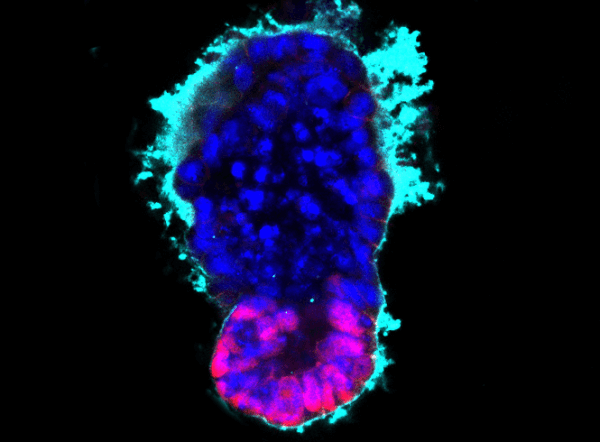 Scientists from Cambridge completely change the concept of creating a new life. They succeeded in growing mouse embryo in vitro, using stem cells alone. No eggs or sperm for this was not required. Stem cells are somehow organized themselves into an embryo, which, so far unable to develop further. Nevertheless, this is the first step towards the creation of viable human embryos in such a non-standard method.
Scientists from Cambridge completely change the concept of creating a new life. They succeeded in growing mouse embryo in vitro, using stem cells alone. No eggs or sperm for this was not required. Stem cells are somehow organized themselves into an embryo, which, so far unable to develop further. Nevertheless, this is the first step towards the creation of viable human embryos in such a non-standard method.Such studies will help scientists understand how to grow artificial organs and edit genes , to prevent hereditary diseases and to study the development of the embryo in the earliest stages. However, there are a number of ethical issues that must be addressed before the technology can be perfected to the desired level.
3. Smart Cities
 Sidewalk Labs, Google will build a wholly owned subsidiary in Toronto, Canada "smart" District Quayside area of 8 square meters. km. It lies along the eastern coastline of the city, and the local unit of Internet search engine Google Canada will transfer to its head office. The company will be the anchor resident there and invest in the development of the region of $ 50 million.
Sidewalk Labs, Google will build a wholly owned subsidiary in Toronto, Canada "smart" District Quayside area of 8 square meters. km. It lies along the eastern coastline of the city, and the local unit of Internet search engine Google Canada will transfer to its head office. The company will be the anchor resident there and invest in the development of the region of $ 50 million. The project will cost Sidewalk approximately $ 1 billion and $ 1.25 billion will add power Toronto. The plan includes a complete upgrade of transport systems (all the cars will be unmanned and raydsheringovymi), as well as the creation of affordable housing. Will be subject to strict requirements to protect the right to privacy, particularly in regard to the intervention by the government. In addition, the "smart" autonomous region will transit lines and the most environmentally friendly energy systems.
An extensive network of sensors will help to improve the infrastructure, collecting information about everything from air quality and noise levels, ending the daily activities of citizens. Sidewalk Labs will make all its software free of charge to its IT-based companies to create new and interesting applications.
If the project proves successful in Toronto, built in smart areas of San Francisco, Denver, Los Angeles and Boston.
4. AI for all
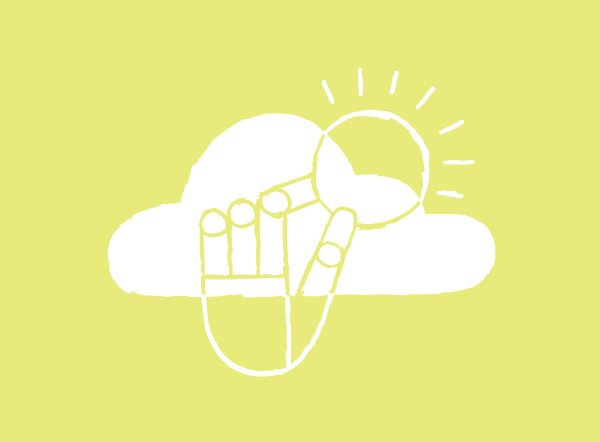 AI on the market today is dominated by Amazon, Baidu, Google and Microsoft. But technological giants have started to place some of their development on cloud platforms, so that other companies can use machine learning for its own purposes. This will allow the industry to grow much faster and will help revolutionize medicine, manufacturing and energy.
AI on the market today is dominated by Amazon, Baidu, Google and Microsoft. But technological giants have started to place some of their development on cloud platforms, so that other companies can use machine learning for its own purposes. This will allow the industry to grow much faster and will help revolutionize medicine, manufacturing and energy.The problem is that very few people can afford to hire specialists in AI. Therefore, even the availability of information does not guarantee that it will be able to properly use. Google and Amazon, realizing this, offer consulting services to help prepare new staff in the field of AI.
5. Competition Neural Networks
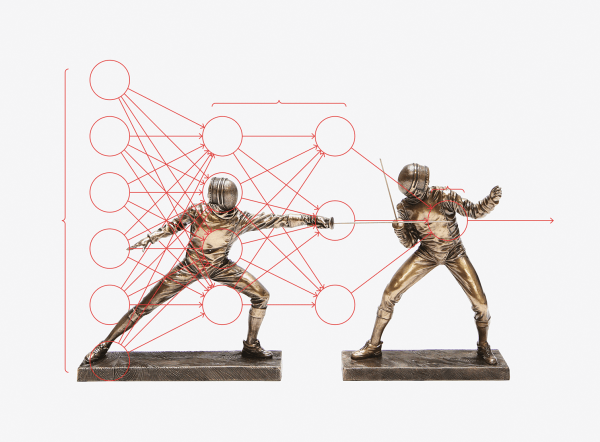 Neural networks have learned to recognize millions of images, but could not do anything for a long time to come up with their own. They simply did not have the imagination. Ian Goodfellow came up with the decision of the University of Montreal, creating adversarial generating network (GAN). It consists of two neural networks (simplified mathematical model of the human brain), who play each other in a cat-and-mouse.
Neural networks have learned to recognize millions of images, but could not do anything for a long time to come up with their own. They simply did not have the imagination. Ian Goodfellow came up with the decision of the University of Montreal, creating adversarial generating network (GAN). It consists of two neural networks (simplified mathematical model of the human brain), who play each other in a cat-and-mouse. First, both the neural network are trained on the same data. Then one of them, which is called the generator adds to the familiar image of a new feature - for example, a pedestrian appears a third hand. The second neural network - discriminator - to understand whether it is a similar picture before, or is it a fake seen. That is, it should be clear whether the three-armed man could be real. Over time, the generator so cleverly learned to forge the image that the discriminator could not distinguish them from the real thing. It turns out, the network is imagined and created something new and realistic.
GAN has become one of the most advanced technologies of the year. Developers from Nvidia's, compiling hundreds of thousands of images of celebrities, created a people person indistinguishable from the real thing - despite the fact that these people never existed. Another research group was able to make pictures that are indistinguishable in style from the paintings of Van Gogh, which he never wrote. The technology opens the door for high-quality counterfeits, but at the same time allows us to give the AI imagination needed to better work with the surrounding reality.
6. "Babel Fish"
One person puts on the headphones, the other holding a smartphone. Man in headphones speaks its own language - a smartphone automatically translates his speech on the speakerphone. Man with smartphone responds - hear a simultaneous translation headphones. It is clear that in such a way to communicate on noisy streets would be problematic, because the system is not easy to recognize it among hundreds of other sounds. Still, it's better than talking through Google Translate, as each of the participants in the dialogue can control the microphone in the headset and the phone, bringing it as needed.
7. The gas power plant with zero emissions
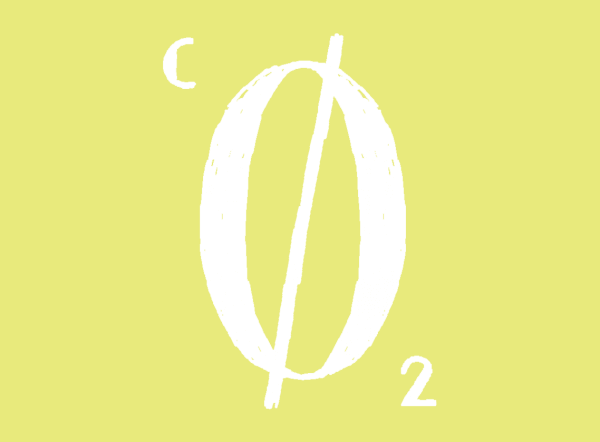 Startup Net Power built in Houston gas power plant with zero emissions. The technology - a fundamentally new turbine 1/10 normal size the turbine, which is placed in a room of 5.6 sq.m. Thus, it remains a powerful, thanks to a more efficient transfer of heat from the supercritical fluid.
Startup Net Power built in Houston gas power plant with zero emissions. The technology - a fundamentally new turbine 1/10 normal size the turbine, which is placed in a room of 5.6 sq.m. Thus, it remains a powerful, thanks to a more efficient transfer of heat from the supercritical fluid.In a small turbine, natural gas is burned in the combustion chamber in pure oxygen, and only water vapor and carbon dioxide. Moreover, the chamber is already filled under high pressure and temperature of the supercritical carbon dioxide.The combustor generates carbon dioxide and some water vapor. Then, the high-temperature mixture is fed under high pressure into a gas turbine where pressure energy, and rotates the shaft produces electricity. The cooled gas mixture coming out of the turbine, which is divided into parts.
The required amount of carbon dioxide is compressed to a supercritical state and returns to the chamber to maintain the necessary gas circulation system. The remaining stream of carbon dioxide can be buried underground or sold to other businesses, and pure water is discharged. The fuel efficiency of a power plant is 80% (for comparison, the performance of many Russian power does not exceed 21-22%, for the US it is about 60%).
Despite the popularity of renewable sources, Net Power believes that with the mass transition to electric cars the demand for electricity will increase as never before. Therefore, natural gas can be a good prospect if power is not less efficient, but it does not pollute the environment, why not use fossil fuels?
8. This privacy on a network
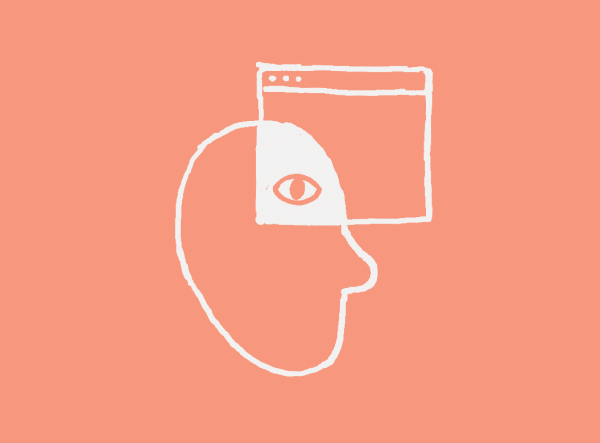 The new system of online identification can confirm your identity without the requirement to provide date of birth and other personal data, thanks to a protocol called zero-knowledge proof (zero-knowledge proof). Despite the fact that developers have for decades worked on its creation, of particular interest to him only I woke up in the past year, thanks to cryptocurrency Zcash.
The new system of online identification can confirm your identity without the requirement to provide date of birth and other personal data, thanks to a protocol called zero-knowledge proof (zero-knowledge proof). Despite the fact that developers have for decades worked on its creation, of particular interest to him only I woke up in the past year, thanks to cryptocurrency Zcash.The developers emphasize that the currency is based on an advanced cryptography system that allows you to send money anywhere in the world so that they can not be traced. This is the main difference Zcash of Bitcoin. Each holder receives Bitcoin address is made up of letters and numbers, and any transactions pass through a distributed registry - blokcheyn. Law enforcement agencies use the data analysis can find out who owns this address and track the progress of the transaction. Blokcheyn has repeatedly helped investigators find drug dealers, selling goods on the black market.
The method is based Zcash cryptography zk-Snark, Israeli scientists developed together with MIT counterparts. All transactions take place in the network's acknowledgment, but keep track of addresses involved in the operation impossible.
However, with all the advantages zk-Snark, it is very difficult and slow technology. Therefore, developers are now looking for ways to simplify it and make it more accessible.
9. Genetic prediction
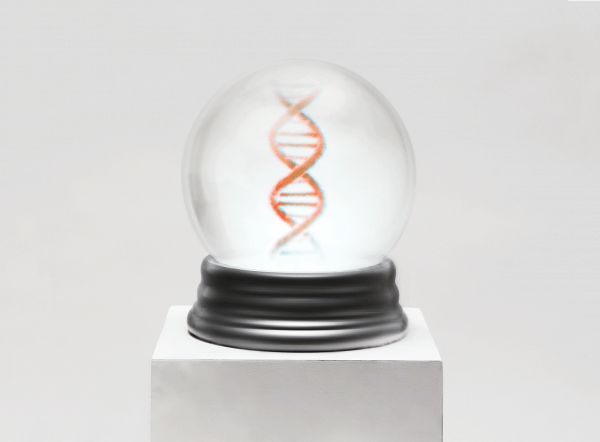 The day is near when the birth of the children will receive a genetic passport. It will indicate what is the probability of getting a heart attack in the future, susceptibility to certain types of cancer or diabetes. Exploring the huge amount of data, the scientists deduce "polygenic risk assessment", which in the future will help to identify severe illnesses in the early stages of successfully treated.
The day is near when the birth of the children will receive a genetic passport. It will indicate what is the probability of getting a heart attack in the future, susceptibility to certain types of cancer or diabetes. Exploring the huge amount of data, the scientists deduce "polygenic risk assessment", which in the future will help to identify severe illnesses in the early stages of successfully treated.Pharmaceutical companies also need this information to test drugs to prevent Alzheimer's disease or cardiovascular disease. For the tests, they can attract patients with a tendency to these diseases, to create the most effective drugs.
10. Quantum Computers
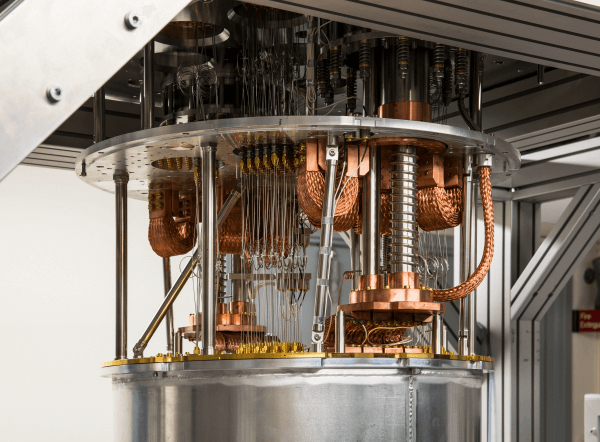 Most occurrence of quantum computers are waiting for chemists. They already anticipate how will use them to create new molecules. New proteins to much more effective medicines, new electrolytes for batteries, as well as compounds that can convert sunlight directly into liquid fuels. Conventional computers do not have sufficient processing power to build such, but with the advent of quantum it will become a part of everyday life chemists
Most occurrence of quantum computers are waiting for chemists. They already anticipate how will use them to create new molecules. New proteins to much more effective medicines, new electrolytes for batteries, as well as compounds that can convert sunlight directly into liquid fuels. Conventional computers do not have sufficient processing power to build such, but with the advent of quantum it will become a part of everyday life chemists

Post a Comment
Post a Comment